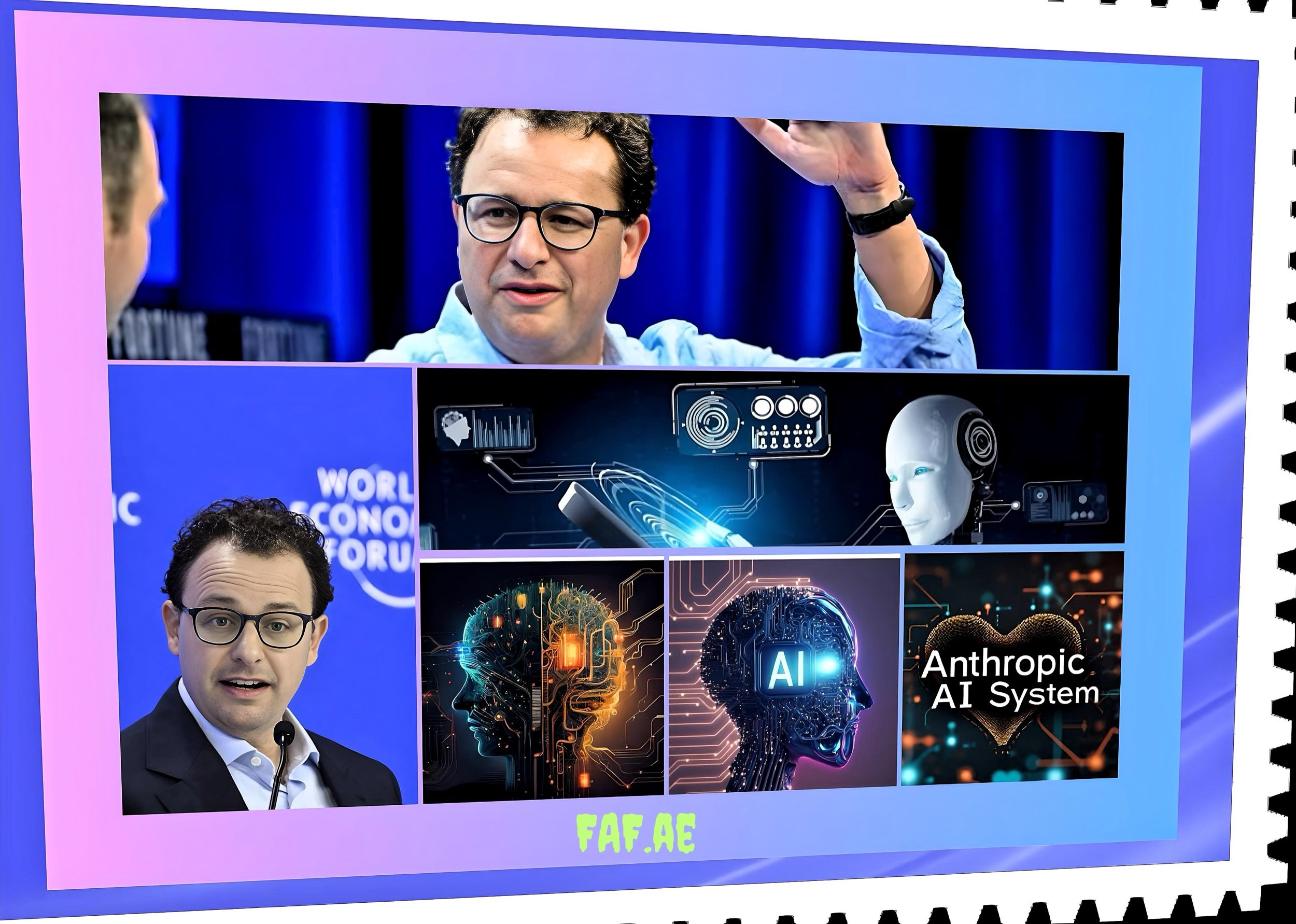AI and Gender Equality: Addressing Bias and Building Inclusive Systems
Introduction
Artificial Intelligence (AI) holds transformative potential for societies worldwide, yet its capacity to perpetuate and amplify gender inequalities poses significant ethical challenges.
As AI systems increasingly influence sectors from healthcare to employment, their design and deployment often reflect historical biases embedded in training data, development teams, and societal norms.
This article examines the multifaceted relationship between AI and gender equality, analyzing how biases manifest, their real-world consequences, and strategies for fostering inclusive AI ecosystems.
Drawing on global research and case studies, the discussion underscores the urgent need for feminist approaches to AI governance, diverse representation in tech, and ethical frameworks that prioritize equity.
Understanding AI Gender Bias:
Origins and Mechanisms
The Data-Driven Nature of Bias
AI systems learn from vast datasets that mirror societal structures and historical inequalities.
When these datasets underrepresent women or encode gendered stereotypes—such as associating nursing with women and engineering with men—the resulting algorithms reproduce and amplify these biases.
For instance, Amazon’s discontinued recruitment tool systematically downgraded resumes containing words like “women’s” or references to all-female colleges, reflecting patterns in historical hiring data that favored male candidates.
Such cases illustrate how AI acts as a “mirror” to societal biases, requiring intentional intervention to break discriminatory cycles.
Structural Inequities in AI Development
The homogeneity of AI development teams exacerbates bias.
Women comprise only 22-30% of AI professionals globally, with even lower representation in leadership roles. This lack of diversity creates blind spots in problem identification and solution design.
As Sara Colombo of TU Delft’s Feminist Generative AI Lab notes, male-dominated teams often overlook women-specific needs in healthcare algorithms, leading to diagnostic tools optimized for male physiology.
The consequences range from delayed endometriosis diagnoses to AI-powered mental health chatbots that fail to recognize postpartum depression patterns.
Linguistic and Cultural Reinforcement
Natural Language Processing (NLP) models trained on patriarchal textual corpora perpetuate harmful stereotypes.
Studies show chatbots like ChatGPT disproportionately associate leadership qualities with male pronouns and domestic roles with female ones.
Image generators similarly default to sexualized depictions of women when prompted for “CEO” or “scientist,” while defaulting to male figures for “builder” or “engineer”.
These outputs reinforce cultural narratives that limit women’s professional opportunities and societal roles.
Real-World Impacts of Gendered AI Systems
Economic Exclusion and Labor Market Disparities
AI-driven hiring platforms and performance evaluation tools frequently disadvantage women.
Beyond Amazon’s case, analysis reveals that algorithms trained on promotion histories from male-dominated industries often penalize career gaps for childcare, disproportionately affecting women’s advancement.
In finance, credit-scoring models using marital status or zip codes as proxies for risk systematically deny loans to women entrepreneurs, particularly in developing economies.
Such biases compound existing gender wealth gaps, with the World Economic Forum estimating that AI could delay economic parity by 135 years if current trends persist.
Healthcare Diagnoses and Treatment Gaps
Medical AI systems trained on male-centric clinical data demonstrate alarming diagnostic disparities.
Cardiovascular algorithms show 30% lower accuracy in detecting heart attacks in women, while pain assessment tools underestimate female patients’ symptoms due to historical underrepresentation in clinical trials.
Mental health chatbots frequently misinterpret expressions of anxiety or trauma in gendered ways, as seen in cases where postpartum depression was dismissed as “hormonal fluctuations”.
These gaps have life-threatening implications, with studies linking biased algorithms to delayed cancer diagnoses and higher maternal mortality rates in marginalized communities.
Digital Violence and Surveillance Risks
AI-powered deepfake technologies disproportionately target women, with 96% of non-consensual intimate imagery featuring female subjects.
Facial recognition systems, less accurate for women—especially those with darker skin tones—increase risks of wrongful identification in policing contexts.
Conversely, tools designed to combat online harassment often fail to recognize context-specific abuse, such as misogynistic dog-whistle phrases, leaving women vulnerable in digital spaces.
Feminist AI
Paradigms for Equitable Technology
Principles of Feminist AI Design
Feminist AI frameworks prioritize four pillars: intersectional data collection, participatory design, algorithmic transparency, and accountability mechanisms.
The A+ Alliance’s feminist AI prototypes demonstrate these principles through systems that
Audit training data for representation across gender, race, class, and disability
Engage marginalized communities in co-designing AI applications
Document decision-making pathways to enable bias tracing
Implement redress protocols for algorithmic harms
Case studies include Botler.ai, which helps sexual assault survivors navigate legal systems using trauma-informed NLP, and Zest AI’s fair credit models that exclude gendered proxies like occupation titles.
Transforming Development Practices
Diversifying AI teams yields measurable improvements.
The Feminist Generative AI Lab at TU Delft increased diagnostic accuracy for endometriosis by 40% after incorporating patient narratives from diverse genders into training data.
Similarly, Ghana’s mPedigree platform reduced maternal mortality rates by integrating traditional birth attendants’ knowledge into prenatal AI tools.
These successes underscore feminist technology scholar Paola Ricaurte’s argument that “algorithms are not neutral—they embed the worldviews of their creators”.
France AI application for women diagnosing of endometriosis
The French healthcare system has emerged as a global leader in integrating artificial intelligence (AI) with non-invasive diagnostics through the groundbreaking Ziwig Endotest®, a €800 saliva-based test for endometriosis that combines salivary RNA analysis with machine learning algorithms.
Following a February 2025 Innovation Funding decree, France now reimburses this test for 25,000 patients across 80 medical centers, marking a transformative shift in women’s health diagnostics.
With 97.4% sensitivity and 93.5% specificity, the test reduces diagnostic delays from 7–10 years to days, addressing a condition affecting 1 in 10 women globally.
This initiative reflects France’s €7B healthcare innovation strategy, positioning it at the forefront of AI-driven precision medicine while grappling with challenges of cost accessibility and clinical validation.
Policy and Governance Innovations
The EU’s AI Act represents a landmark effort to regulate high-risk systems, mandating gender impact assessments for public sector AI.
However, critics highlight gaps in enforcement mechanisms and intersectional analysis. Complementary initiatives like UNESCO’s Recommendation on AI Ethics and Costa Rica’s Feminist Digital Policy Framework adopt stronger stances, requiring
Gender quotas for AI research funding recipients
Bias bounties to incentivize identification of algorithmic discrimination
Public AI audits with civil society participation
Chile’s Algorithmic Impact Assessment Law offers a model by mandating transparency reports for government AI systems, including disaggregated performance metrics across gender and ethnicity.
Overcoming Structural Barriers to Inclusive AI
Education and Workforce Development
Closing the gender gap in STEM requires multifaceted interventions. Brazil’s “Meninas na Computação” initiative increased female AI enrollments by 58% through mentorship programs and bias-free recruitment algorithms.
Corporate partnerships, like IBM’s SkillsBuild for Women in AI, provide reskilling pathways for career re-entrants, addressing the “leaky pipeline” that sees 50% of women leave tech roles by age 35.
Rethinking Data Ecosystems
The “data desert” phenomenon—where marginalized groups are excluded from datasets—demands novel collection strategies. India’s Non-Personal Data Governance Framework enables communities to govern data generation through collective consent, ensuring AI systems reflect diverse experiences.
Feminist data initiatives like Data 4 Black Lives and the Indigenous AI Collective further demonstrate how participatory datasets can counter historical erasure.
Ethical Investment and Procurement
Gender-responsive AI requires aligning funding with equity goals. The UN Women’s Gender Innovation Principles for AI guide investors in prioritizing startups that:
Disclose team diversity metrics
Implement gender impact assessments
Allocate 30% of R&D budgets to bias mitigation
Chile’s public procurement rules now favor AI vendors adhering to feminist design principles, catalyzing market shifts toward ethical technology.
The Path Forward
AI as a Catalyst for Gender Justice
Predictive Analytics for Equity
Emerging applications demonstrate AI’s potential to advance equality.
South Africa’s Gender Pay Gap Bot analyzes corporate filings to expose wage disparities, while Bangladesh’s HerVenture app uses machine learning to connect women entrepreneurs with gender-sensitive funding opportunities.
Predictive policing tools redesigned with feminist input have reduced domestic violence recidivism by 35% in pilot regions through risk pattern recognition and survivor-centered interventions.
Global Governance Architectures
The proposed Global Digital Compact (GDC) offers a pivotal opportunity to institutionalize feminist AI principles worldwide. Key priorities include:
Establishing a UN AI Equity Council with gender parity mandates
Creating open-source gender audit toolkits for SMEs
Launching a Global AI Reparations Fund for algorithmic harm victims
Regional bodies like the African Union’s AI Convention already incorporate these ideas, requiring member states to allocate 20% of AI budgets to gender inclusion programs.
Technological Citizenship and Empowerment
Grassroots movements are reclaiming AI through projects like
F’xaquina
A Bolivian collective training Indigenous women in AI to document land rights violations
AI Doula
A Kenyan chatbot providing culturally sensitive maternal health advice in 30+ local languages
GenderStrike
A global platform using generative AI to visualize gender-elective futures through participatory storytelling
These initiatives embody Uruguayan feminist theorist Cristina Peri Rossi’s vision of technology as “a loom for weaving juster worlds”.
Conclusion
Achieving gender equality in AI demands dismantling interconnected technical, social, and political barriers.
By centering feminist perspectives in data collection, algorithm design, and governance frameworks, societies can harness AI’s potential to rectify rather than replicate inequalities.
The work ahead requires sustained collaboration across sectors—from diversifying STEM pipelines to legislating equity-centered AI standards—but the precedents set by inclusive innovations prove transformative outcomes are attainable.
As this report outlines, the future of AI must be one where technology serves as a bridge to equality, not a barrier.






